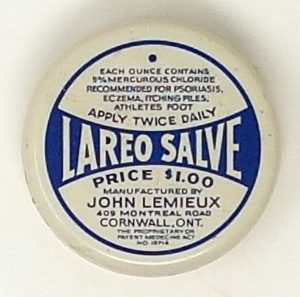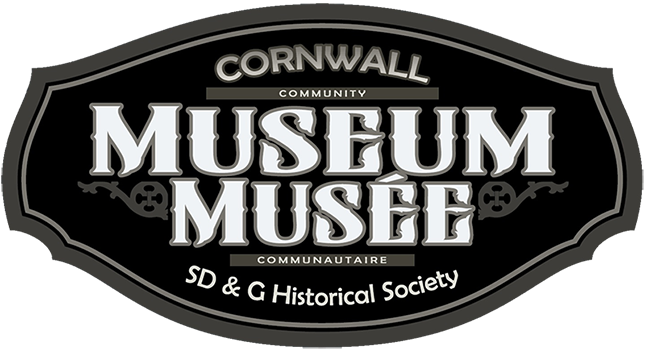Seaway News
Ask a Curator - April 2025
Patent medicines were once marketed with patient testimonials that mimicked newspaper articles, at times claiming to be cures for a wide range of ailments. Reportedly sometimes they were indeed very effective in the treatment of certain conditions, other times less so and sometimes even toxic.
In the early days of patent medicine, the contents of products which contained non-regulated ingredients were considered secret and were not necessarily listed on packaging, although a single ingredient generally appeared on the packaging. The approach offered protection to the manufacturers of such medicines but often failed to protect consumers from exaggerated claims.
Think of “pink pills for pale people” which were popular in the late 19th century and early 20th century. Their history is recounted at Brockville’s Fulford Museum of Health Care. Dr. Williams’ Pink Pills were first introduced in 1886 and in 1890 patented by George Taylor Fulford I. The iron supplements were his most popular and lucrative patent medicine, marketed as a “tonic for blood and nerves.” A guide at the museum suggested that they were very popular with women and bore a heavy placebo effect. The Quensland Museum blog refers to it as a “quack cure” akin to Clark Stanley’s Snake Oil Liniment.
In the 19th century, calomel was considered a “miracle drug” and used for a wide range of ailments, including syphilis, tuberculosis, bronchitis, cholera, ingrown toenails, teething, gout, influenza, and cancer. Another name for calomel is mercurous chloride. The substance fell out of favour in the late 1940s and subsequently disappeared from common use.
Lareo Salve was a Cornwall manufactured product that contained mercurous chloride and was marketed for the treatment of eczema, psoriasis, piles, athletes’ foot, various rashes, dry sores and overall ointment. The product was produced by John Lemieux and Co. / Lareo Salve Co. We see them operating from 55 Alice St. N. (1941), 409 Montreal Rd (1942-47) and from 706 Montreal Rd (1949-50).
This latter location at the edge of a small lane in the Riverview subdivision had also been home to Ernie’s Body Shop, Avery Signs, Cornwall Music Co., and Modern Music.

